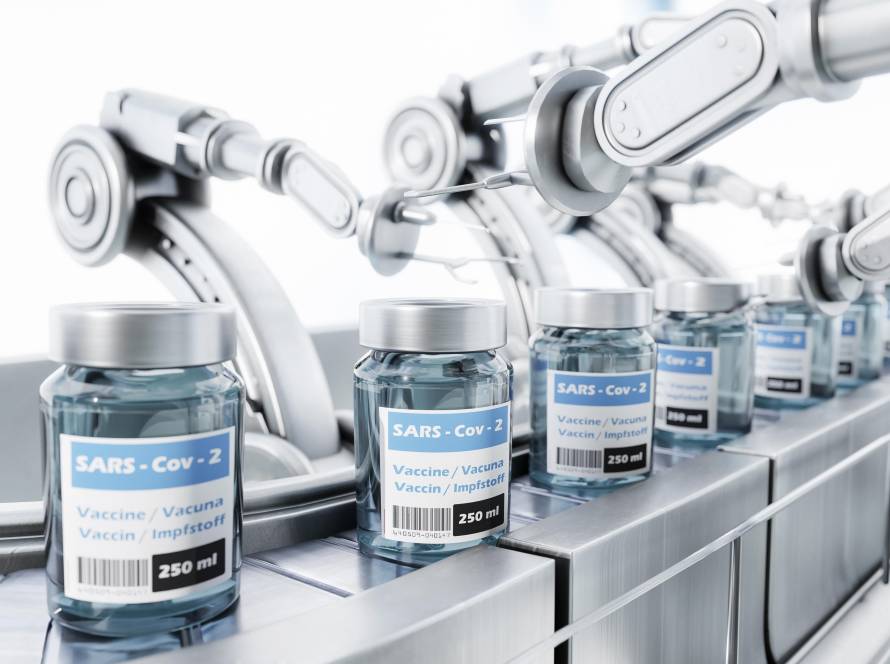Introduction to the AI Virtual Cell Model
Today, with the support of the Chan Zuckerberg Initiative (CZI), scientists have unveiled the AI Virtual Cell Model, a revolutionary development in cell biology. This breakthrough is expected to reduce the costs of biological experiments and significantly accelerate biomedical research and drug discovery. The research has already been published on bioRxiv. For more on AI’s role in biomedical research, check out our article on AI in drug discovery.

What is the AI Virtual Cell Models?
The AI Virtual Cell Model is designed to reason and think like scientists. It learns from virtual cell models and data, generating new knowledge without costly laboratory experiments. Ana-Maria Istrate, the lead author of the research, explains: “So far, 90% of work in biology has been conducted in laboratories, with only 10% relying on computation. With the AI Virtual Cell Model, we aim to disrupt this paradigm.”
This shift allows researchers to test biological hypotheses using AI before committing significant time and resources to expensive experiments.
The project’s code, model weights, and tutorials are open-sourced for scientists to use and train: GitHub – rBio.
The Role of AI Virtual Cell Models in Biomedical Research
The AI Virtual Cell Model offers a new method to test biological hypotheses without the need for traditional lab experiments. In biology, research traditionally relies on hypothesis-testing through experiments. However, these can be expensive and time-consuming. AI Virtual Cells introduce soft verification, a method that allows for AI-driven virtual experiments. These virtual experiments break physical constraints and provide detailed reasoning outcomes.
The AI Virtual Cell Model is based on large models, virtual cell models, and reinforcement learning. It’s designed to be user-friendly, enabling researchers to interact with the model via simple dialogue. It is based on CZI’s earlier TranscriptFormer model, which was trained on over 112 million cells across 12 species and 1.53 billion years of evolutionary data. For more on CZI’s previous work, check out our coverage of the Human Cell Atlas.
Soft Verification: A Revolutionary Method
Through soft verification, scientists can test hypotheses like: “Will inhibiting gene A increase the activity of gene B?” Unlike typical AI that only provides binary answers, the AI Virtual Cell Model gives nuanced reasoning. This allows for a deeper understanding of gene interactions.

For example, researchers tested this method using the PerturbQA benchmark dataset, which includes data from four cancer cell lines. The results showed that the AI Virtual Cell Model performed similarly to experimental data models, and even outperformed them in balanced accuracy.

The project’s code, model weights, and tutorials are available here: GitHub – rBio.
What Makes AI Virtual Cells Unique?
The AI Virtual Cell Model functions similarly to Google’s Genie 3 world model. While Genie 3 simulates the physical world and predicts potential changes, the AI Virtual Cell Model simulates life at the cellular level. It serves as a “world model” for life sciences, modeling the fundamental unit of life—the cell—and predicting its behavior.

Since most life activities happen at the cellular level, understanding cell functions is essential for advancing biological sciences. If AI can accurately simulate cell structures and functions, it could significantly alter the trajectory of life sciences. From curing diseases to potentially creating new life, the possibilities are vast. For more on AI and life sciences, explore our previous posts on AI-powered drug discovery.
The Future of AI Virtual Cells in Biology
AI Virtual Cells are becoming an essential tool in cell biology labs. By overcoming traditional constraints of time, funding, and physical resources, researchers can now accelerate their work. This will lead to faster discoveries and more efficient solutions in biomedical fields.
The Chan Zuckerberg Initiative’s Investment in AI Virtual Cell Model
Founded by Mark Zuckerberg and Priscilla Chan in 2015, the Chan Zuckerberg Initiative (CZI) has committed $3 billion over the next decade to support education, medicine, and scientific research. CZI has funded significant initiatives like the Human Cell Atlas and is now investing heavily in AI Virtual Cells technologies. Learn more about CZI’s work in biomedical research in our detailed article.
In December 2022, Stephen Quake, CZI’s scientific director, and over 40 experts published a paper in Cell magazine, advocating for AI-based human cell models to drive biological research forward.
Zuckerberg’s Billion-Dollar Bet on Virtual Cells
CZI’s focus on AI Virtual Cell research is a critical step toward developing generalized virtual cell models. With their investment, CZI is working to create the next generation of AI-powered biological tools, which will help researchers simulate experimental outcomes instead of relying solely on physical labs.

Industry Leaders Back AI Virtual Cells
Many influential figures, such as Cathie Wood of ARK Invest and Demis Hassabis of DeepMind, support AI Virtual Cells for their potential to transform life sciences. Institutions worldwide, including Arc Institute and 10x Genomics, are advancing AI virtual cell technologies.
China’s Investment in Virtual Cells
China is also investing heavily in virtual cells. The Guangzhou Institute of Biomedicine and Health has launched a human cell lineage project to develop digital cell AI models, adding to the global push for cutting-edge biomedical research.
Challenges Ahead: The Road to Full-Scale Virtual Cells
Building full-scale AI Virtual Cells is still challenging. Researchers need to develop separate models for various biological data types like transcriptomics, proteomics, and imaging. However, these models are already making a significant impact in specific biological fields and are poised to revolutionize research.
Conclusion: A Groundbreaking Development in Biology
AI Virtual Cells mark a significant leap forward in biology. With the support of CZI and advancements in AI, these virtual cells have the potential to accelerate biomedical research, revolutionize drug discovery, and reshape our understanding of life itself.




